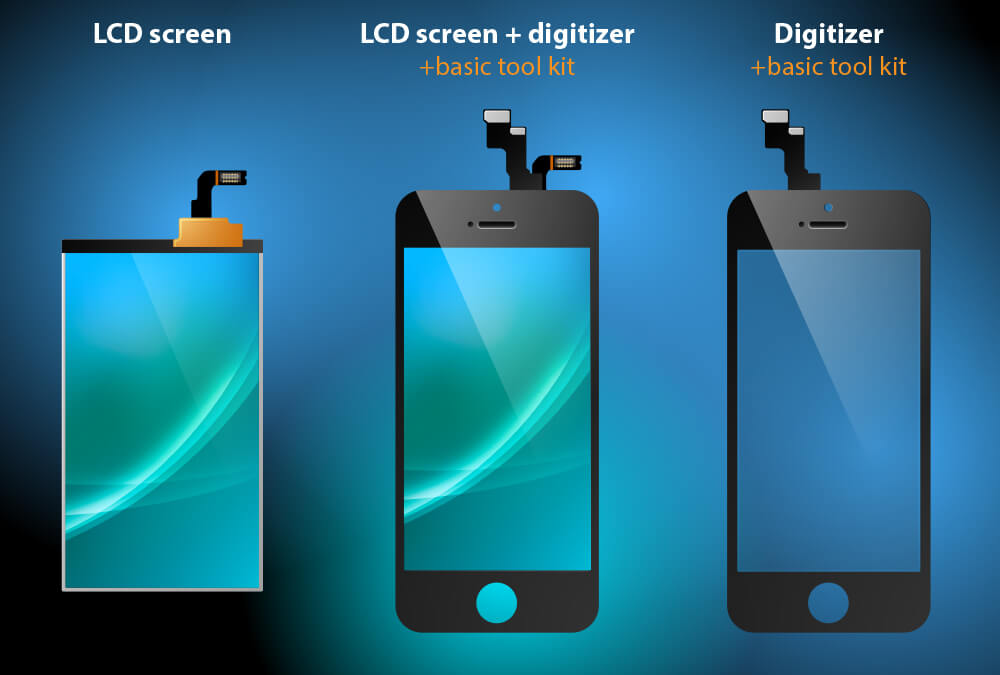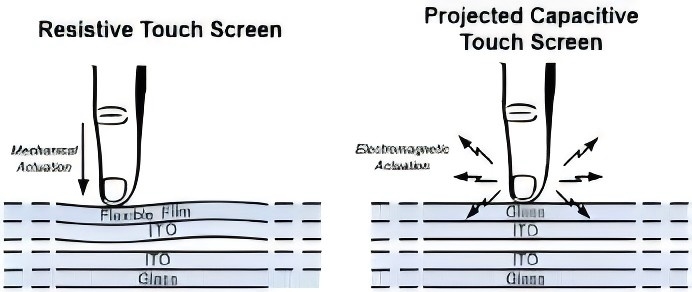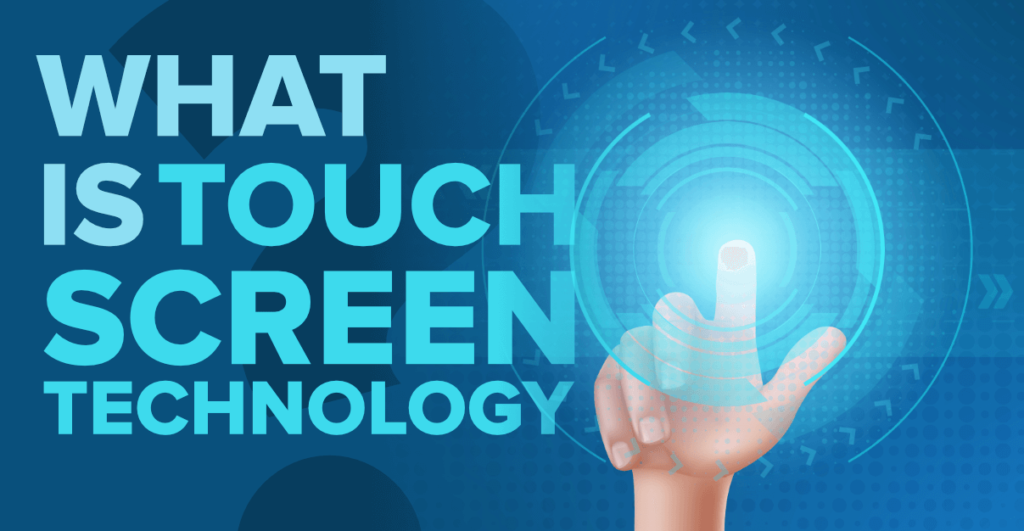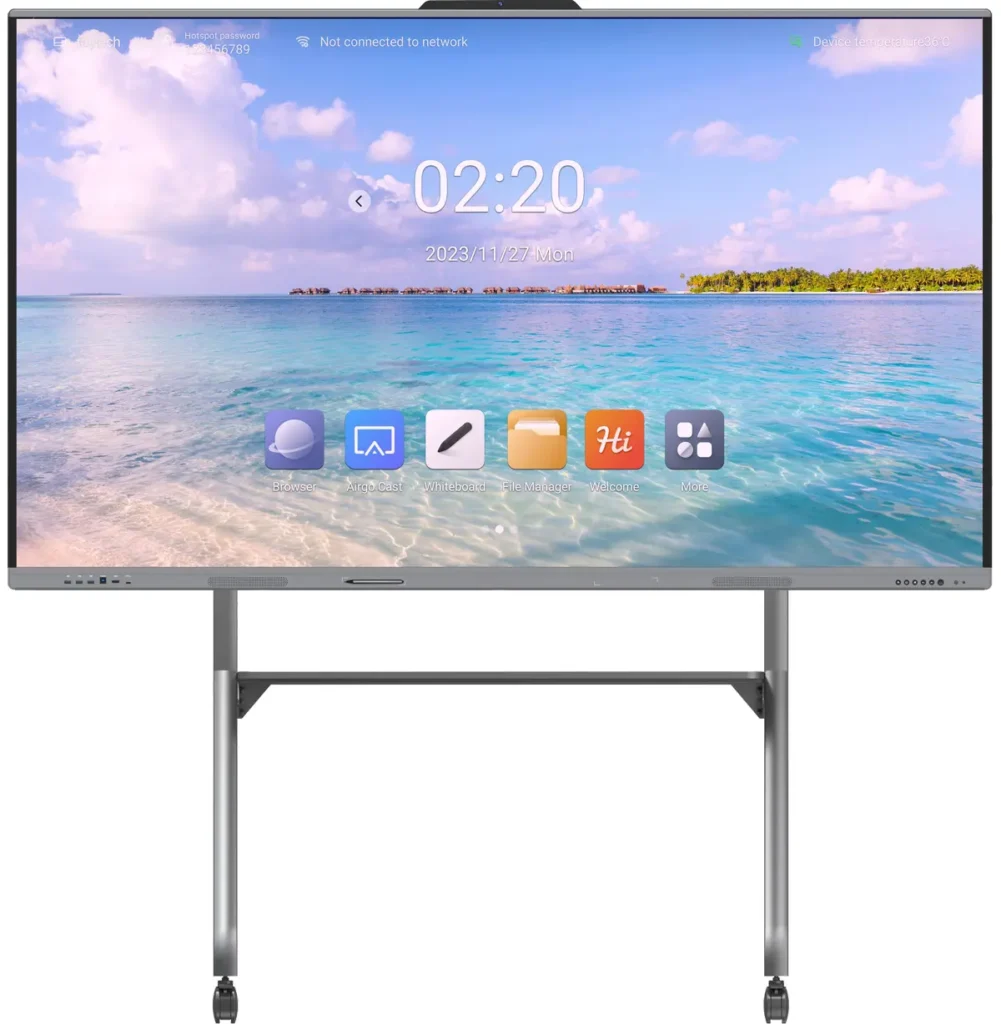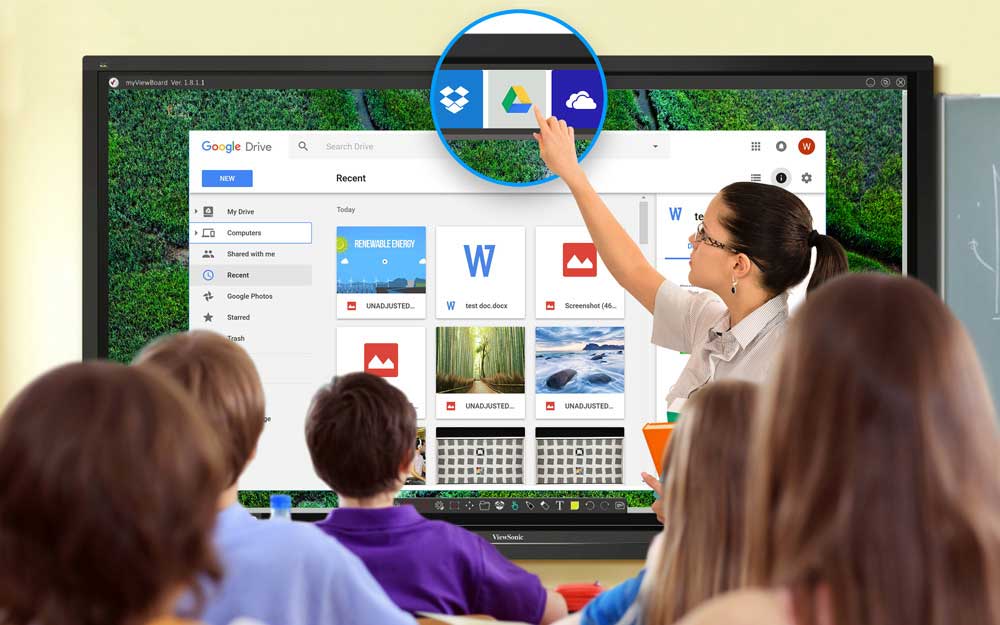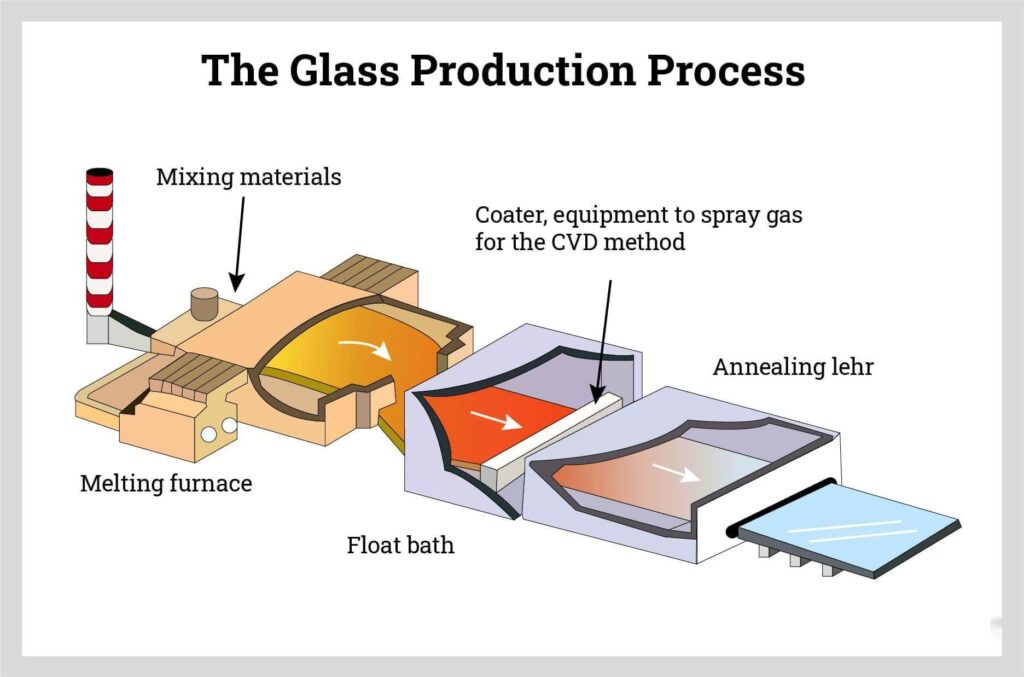Introduction As automotive diagnostic technology advances, ensuring that your Autel MaxiSys device is calibrated correctly has become essential. With an increasing reliance on the Autel MaxiSys for efficient diagnostics, having a well-calibrated touch screen is vital for quick, accurate responses and hassle-free interactions. In this article, we’ll walk you through the importance of touch screen […]
Introduction of OLED Touch Screen OLED (Organic Light-Emitting Diode) touch screens represent a significant leap in display technology, combining the visual quality of OLED with the intuitive nature of touch interfaces. OLED technology stands out for its ability to deliver vivid colors, deep blacks, and exceptional contrast, thanks to its organic compounds that emit light […]
Introduction of Interactive Touch Screen In an era of rapid technological advancement, interactive touch screens have emerged as a transformative force in the healthcare sector. These innovative devices are not just enhancing patient care; they are also streamlining clinical processes and improving overall operational efficiency. By fostering engagement and communication between patients and healthcare providers, […]
Introduction of Digitizer Screens In today’s rapidly evolving technological landscape, digitizer screens stand out as an essential innovation, bridging the gap between human interaction and digital systems. With advancements in touchscreen technologies and interactive displays, digitizer screens have become integral to many industries, changing the way people create, communicate, and interact with devices. This article […]
Introduction of Resistive vs Capacitive Touch Screen Technology Touch screens have become an integral part of modern devices, and two popular types—resistive and capacitive—dominate the market. Each offers unique technology, advantages, and disadvantages. Understanding the differences between them is crucial for selecting the right option for specific applications. Resistive Touch Screens: Pressure-Based Detection How Resistive […]
Introduction of Touch Panel Technology Touch panel technology has become an integral part of modern life, shaping how we interact with devices across various sectors. Over the years, it has evolved from being a simple input device to a sophisticated interface that powers everything from mobile phones to industrial systems. This article highlights the latest […]
Introduction of Smart Board Cost Smart boards have revolutionized the modern classroom, transforming the way educators interact with students and deliver content. However, the financial investment required for these tools can vary widely, making it crucial for schools to evaluate their options carefully. This article provides a detailed comparison of smart board costs, helping educators […]
Introduction of Touch Screen Whiteboard In today’s fast-paced, technology-driven world, touch screen whiteboards have become essential tools for enhancing communication and collaboration. These interactive devices have transformed traditional meetings and brainstorming sessions into dynamic and engaging experiences. However, with the variety of options available, selecting the perfect touch screen whiteboard can be overwhelming. This article […]
Introduction of Touchscreens Touchscreens have dramatically changed how we engage with technology, and their influence on education is particularly noteworthy. These advanced tools have reshaped traditional classrooms into interactive spaces that captivate students and deepen their understanding of complex subjects. Revolutionizing Classroom Interaction Touchscreens have revolutionized educational environments by transforming classrooms into dynamic, interactive spaces. […]
Introduction of Glass Manufacturing The glass manufacturing industry is at the forefront of technological innovation, integrating advanced processes and sustainable practices to meet the growing demand for high-quality and eco-friendly products. This article explores the latest advancements in glass manufacturing technology, focusing on automation, energy-efficient processes, and the introduction of new materials that are reshaping […]




